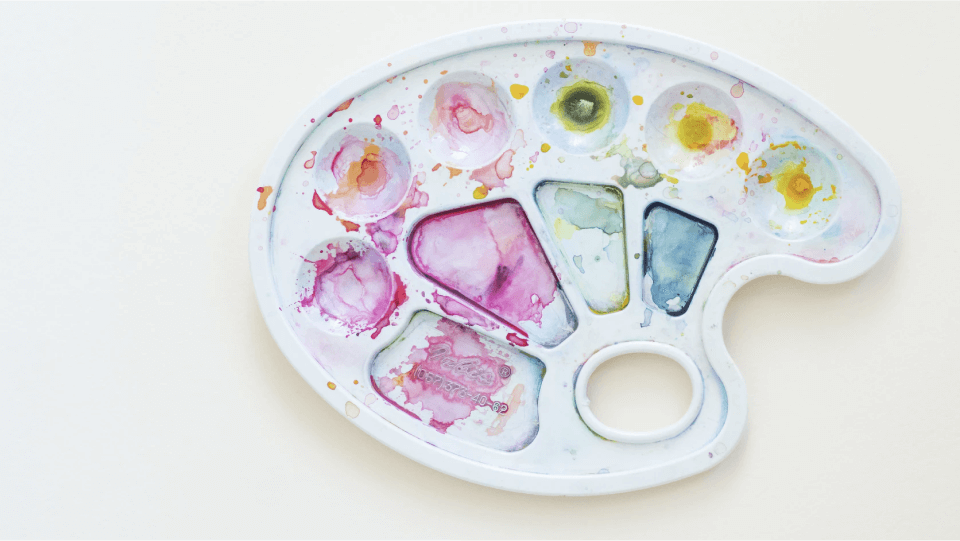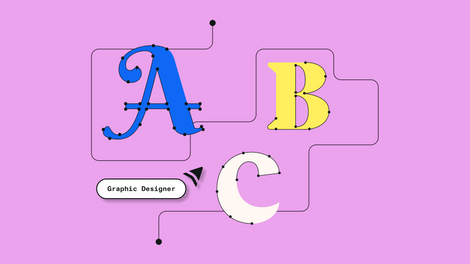
Starting with the basics, traditional watercolor painting is the process of painting with pigments that are mixed with water.
Out of all methods of painting, watercolor painting is known for its inherent delicacy and subtlety because watercolor art is all about thin washes and transparent pastel color.
Clipart, on the other hand, has always been digital. It started off as a collection of simply designed, usually small images, that were added to documents in software such as Microsoft Word.
This has dramatically changed. Now digital clipart is like a mini digital painting that can refer to all kinds of beautiful art snippets, used in anything from logos, posters, and infographics to business cards, invitations, and social media icons.

If we put them both together, watercolor clipart is a digital clipart image that mimics watercolor painting. In essence, watercolor clipart uses the same visual techniques except that there is no mess, and you can easily correct mistakes.
Because of their versatility, thousands of watercolor clipart packs sell every single day on marketplaces like Etsy and Creative Market.
With an intuitive tool like Linearity Curve (formerly Vectornator) and a dash of creativity, your art too can sell successfully online.
Jumpstart your ideas with Linearity Curve
Take your designs to the next level.
Linearity Curve (formerly Vectornator)
Linearity Curve (formerly Vectornator) has many easy-to-use features that give you an extraordinary number of options to make your artwork unique.
One such intuitive feature is the app's ability to manipulate your image as a vector, which is perfect for importing your watercolor art and digitizing it to be sellable clipart.
Creating digitized clipart doesn’t mean you have to put your paint brushes, pens, and easel away. Linearity Curve (formerly Vectornator) has a catalog of brushes to choose from for lots of different painting styles and brush patterns.
Plus, Linearity Curve's (formerly Vectornator) settings offer incredible customization that can realistically mimic any type of brush typically used in watercolor painting like a sable brush, or even an ink brush.

Navigation is simple, but if you’re unsure, there are many tutorials out there on how to use Linearity Curve (formerly Vectornator), from easy beginner steps to more advanced techniques.
And if you do not have such a vast art background, and do not feel confident enough painting with digital brushes, Linearity Curve (formerly Vectornator) boasts the super useful Auto Trace Feature. This fantastic tool allows you to create a masterpiece in mere seconds. We bet this will become your favorite tool when creating your watercolor clipart from today on.
How to digitize your watercolor art in Linearity Curve (formerly Vectornator)
Linearity Curve (formerly Vectornator) makes digitizing watercolor pieces really easy with the Auto Trace tool, no matter the composition, or the complexity of your subject.
Before you even start creating, you have the option to select your preferred template to work on, or make your own that you can use time and time again.
The first thing you need to do after opening your template is to import the visual that you will be vectorizing. One way to go about this is to import the photo of a physical painting that you created. Yet this is not a must.
You can achieve very similar results by simply uploading a photograph that you took of the subject that you wish to turn into a digital clipart painting.
When working with overhead shots, be especially mindful of your composition. Yet when done successfully, these can become your best-sellers.
Ultimately, you can skip all these steps, because Linearity Curve (formerly Vectornator) allows you to import images from Unsplash straight into your canvas. In case you didn't know, Unsplash is a fantastic tool that gives you access to a collection of thousands of curated, original photography and stock images taken by artists all around the world that you can use royalty-free.
For this example, we used a photo of a watercolor painting. To get started with digitizing our watercolor art, open the artwork in Linearity Curve (formerly Vectornator) and click the padlock icon to the right of the default layer. This will unlock it. Select the brush tool, click anywhere on the photo, and hit the Auto Trace button.


It already looks like a watercolor painting. But in the Auto Trace panel, you have all kinds of options to tweak and perfect your watercolor artwork. We chose to go more abstract to bring out the watercolor effect!

Your color choice matters a great deal in these types of projects. Since the resulting artwork is a vector image, you can change your colors in mere seconds in order to create a consistent color palette.
Watercolor paintings intrinsically use more dull colors, so you can lean into this fact in order to give your piece a more authentic look. But depending on your painting style, you can stick with the clean colors that you already find in your original artwork or photograph.
Ready to create brand assets that pack a punch?
Visit our Academy for free watercolor clipart design courses.
Where to sell your watercolor clipart
There are many places on the internet to sell your artwork, but not all are appropriate for clipart.
Therefore, it is worth doing your research to find the right places. The two marketplaces that we recommend are Etsy and Creative Market. Both platforms are quite similar in that they let you set up a shop space to showcase your art and have a wide audience reach. However, when it comes to selling your art, they have two very different approaches.
Etsy is a virtual marketplace, especially for handmade unique crafts, digital or not. Etsy leaves the final sale, customer communication, and shipping down to you.
This gives you a more personalized approach to each communication and shipment.
It’s definitely a good site to test the waters, as its fees are low compared to other similar digital platforms. Your shop page is free to set up, for example. The only real costs incur when you sell your art.
Creative Market is a digital marketplace bursting with artistic talent. As opposed to Etsy, Creative Market takes the stress and time-consuming nature of communication and logistics away from you, giving you peace of mind that no communication or order gets missed.
Additionally, Creative Market also lets you view and analyze sales stats, so it's a better platform than Etsy if you want to make more informed business decisions.
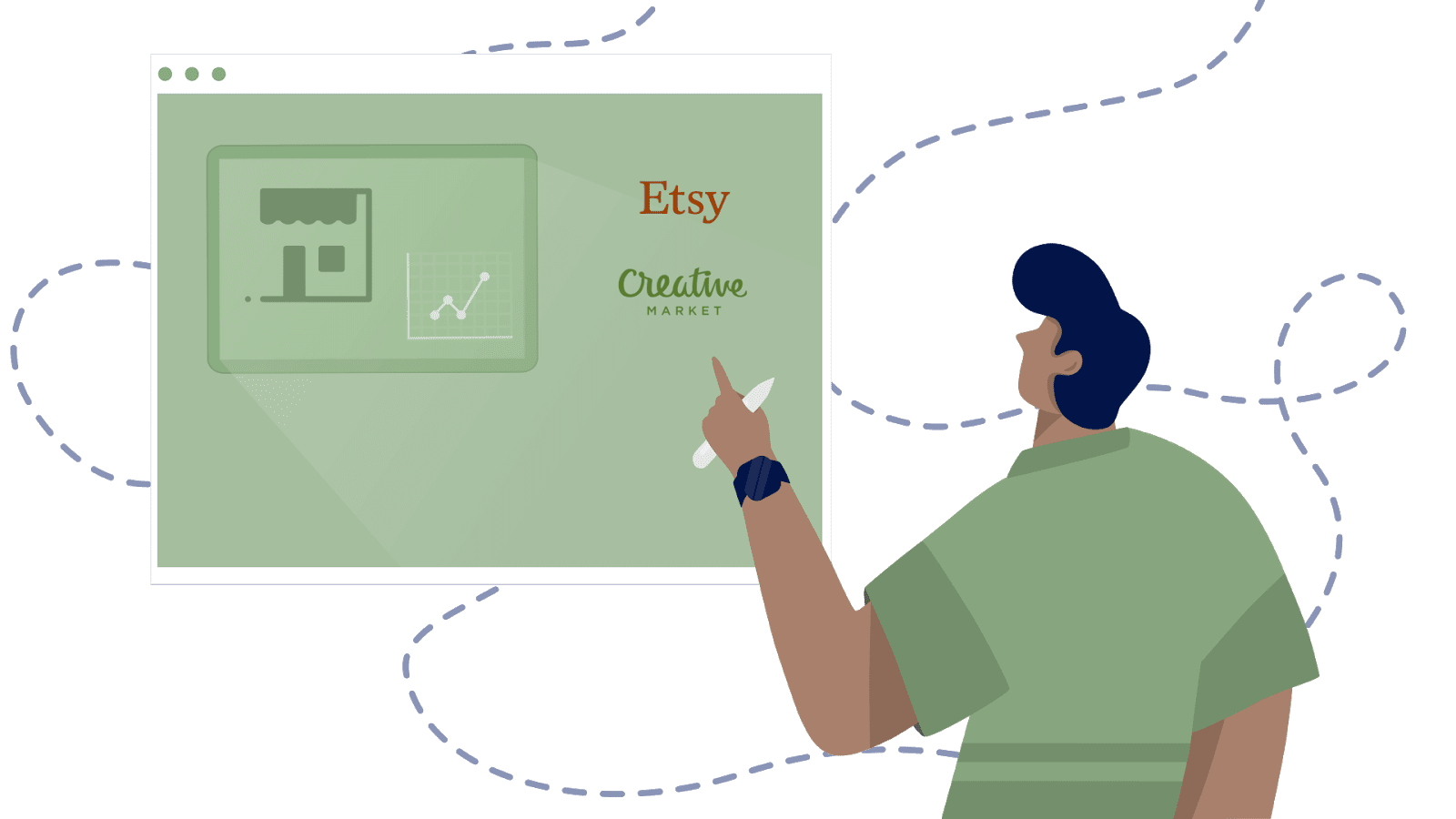
However, if you have the skills, set up your own online platform or website. This will give you the freedom to show off your beautiful artwork exactly the way you want, as well as add a bit of a story about yourself and your process. People buy from people, after all.
How to make money from your clipart
For something to sell, and sell well, there needs to be demand for it. Therefore, to make money from your art, you need to conduct research and look for trends. This will ensure you create the type of watercolor clipart that potential customers want.
Consider what people would, and could, use your digital artwork for. You can think of various occasions when people will be more inclined to buy your art.
Clipart for a wedding invitation card, for example, can sell faster than an artwork that is more abstract or does not follow a theme, an event, or a specific season. Also consider creating a themed pack, like flower clipart, holiday clipart, and so on.

An organized and well-thought-out art portfolio will ensure that you stand out from your competitors by making it easy for customers to find what they want.
Moreover, if you do not do any marketing, nobody will know you exist. Having an online presence on platforms such as Facebook, Instagram, and Pinterest will help to increase your online presence.
These platforms enable you to share content with people, grow a following, and engage with your fans. A necessary trifecta to becoming a successful seller.
Finally, do a bit of experimentation to find what works for you and try new ways to promote yourself.
And make sure to try out using an advertising platform like Google AdWords to advertise for specific keywords. Like 'watercolor flower clipart' for example.

Bottom line, if you want to make money from selling your clipart you need to create the right kind of art that people will want to buy. If you only paint to please yourself, it is unlikely you will be successful at making money from your work.
Watercolor clipart is getting more popular by the day, so it's clear that there's money to be made in it. At the very least, it’s a great addition to your art portfolio.
Once you know what people want, take a bit of time to decide and experiment with how you want to market yourself. With a creative platform like Linearity Curve (formerly Vectornator), you’ll be able to create anywhere and whenever inspiration takes you.
Jumpstart your ideas with Linearity Curve
Take your designs to the next level.
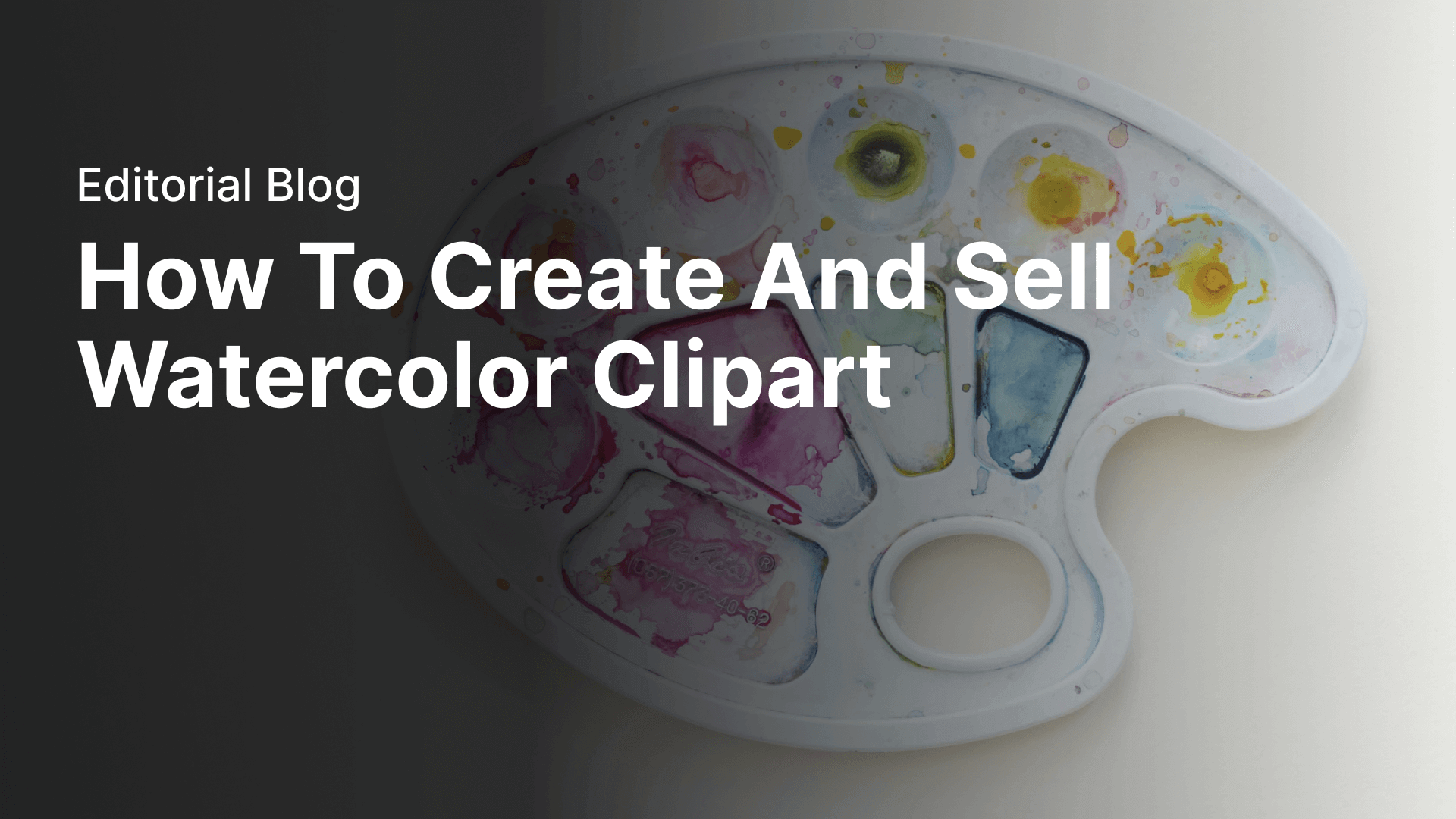
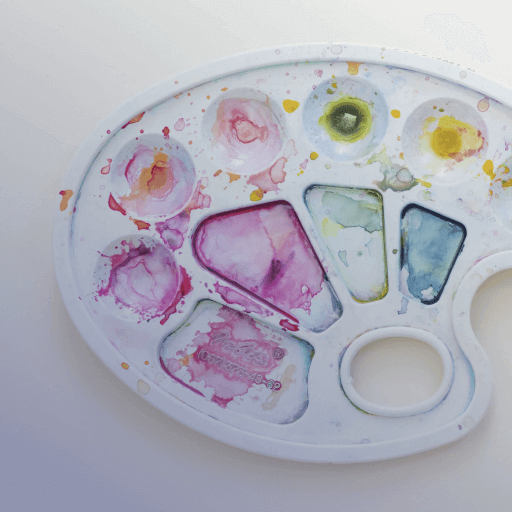
Share this!
Dalia Goldberg
Dalia is a contributing writer to the Linearity Blog.


:quality(75))
:quality(75))



:quality(75))
